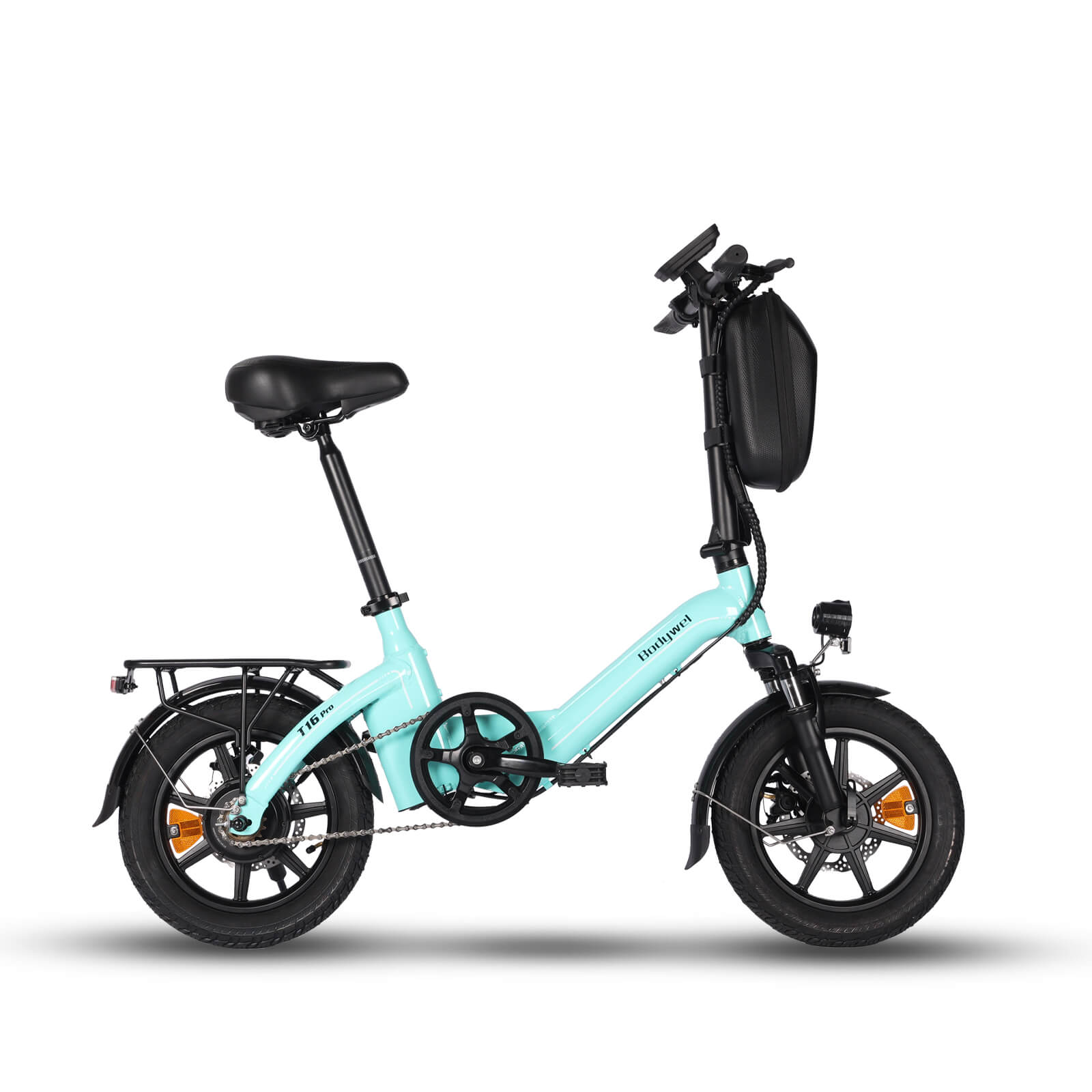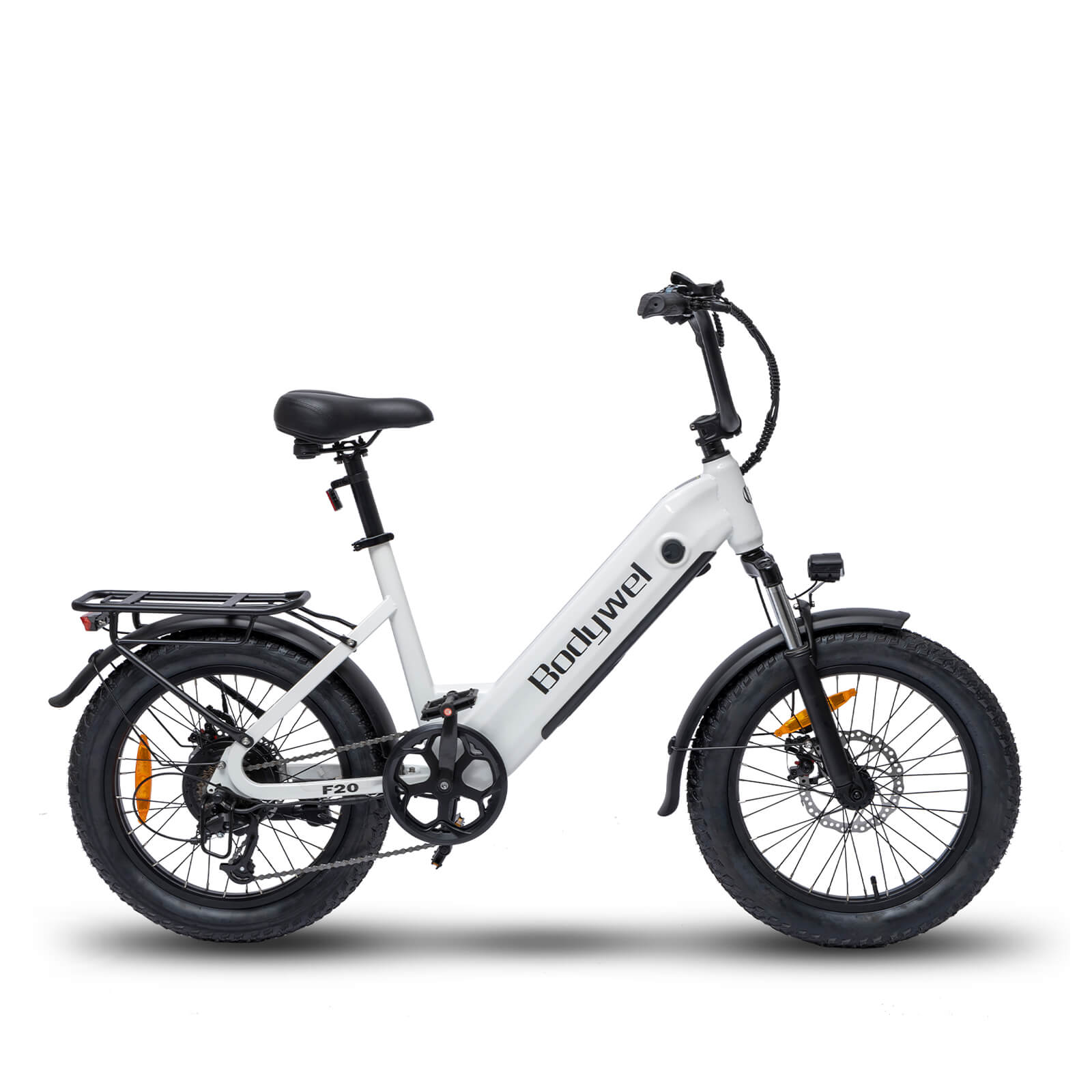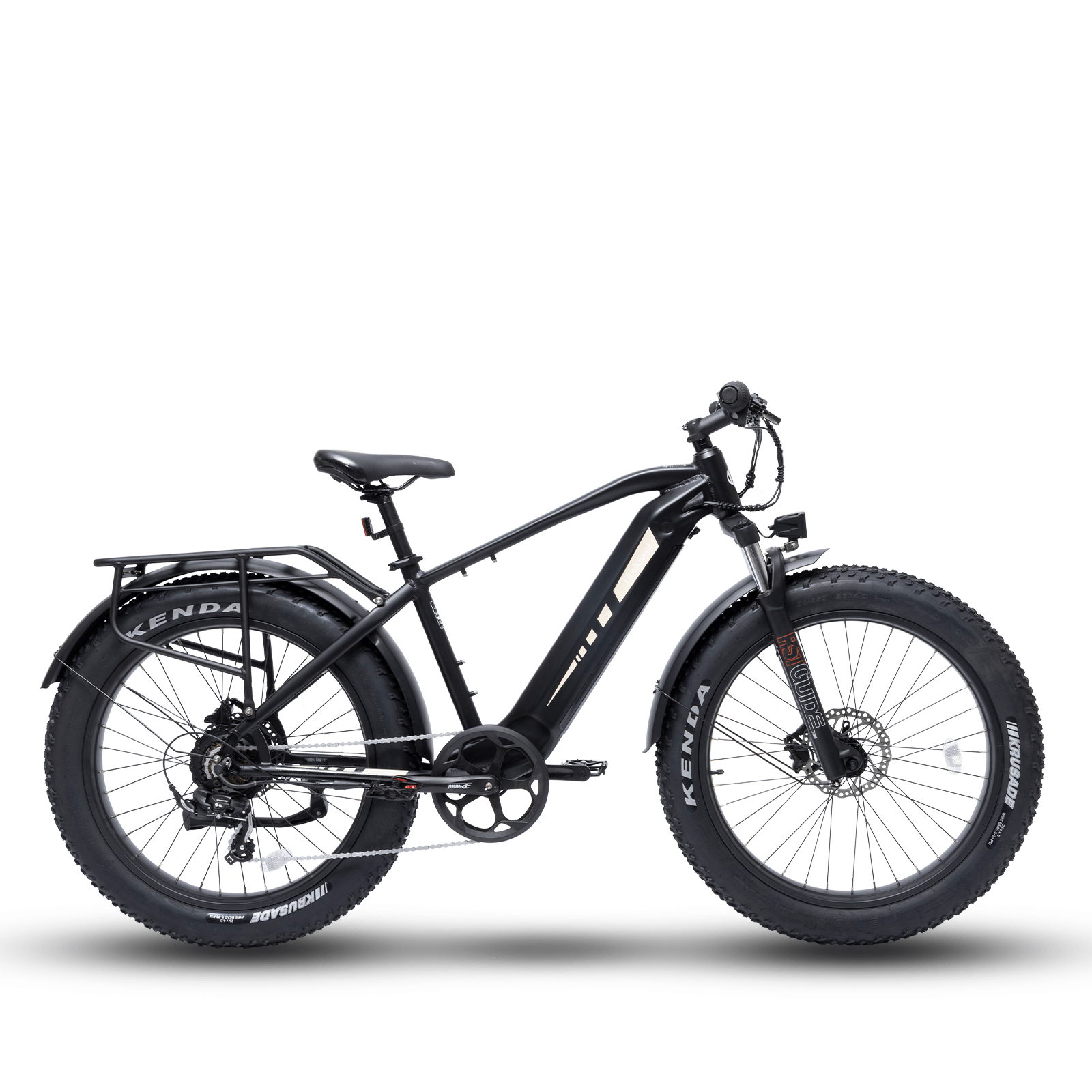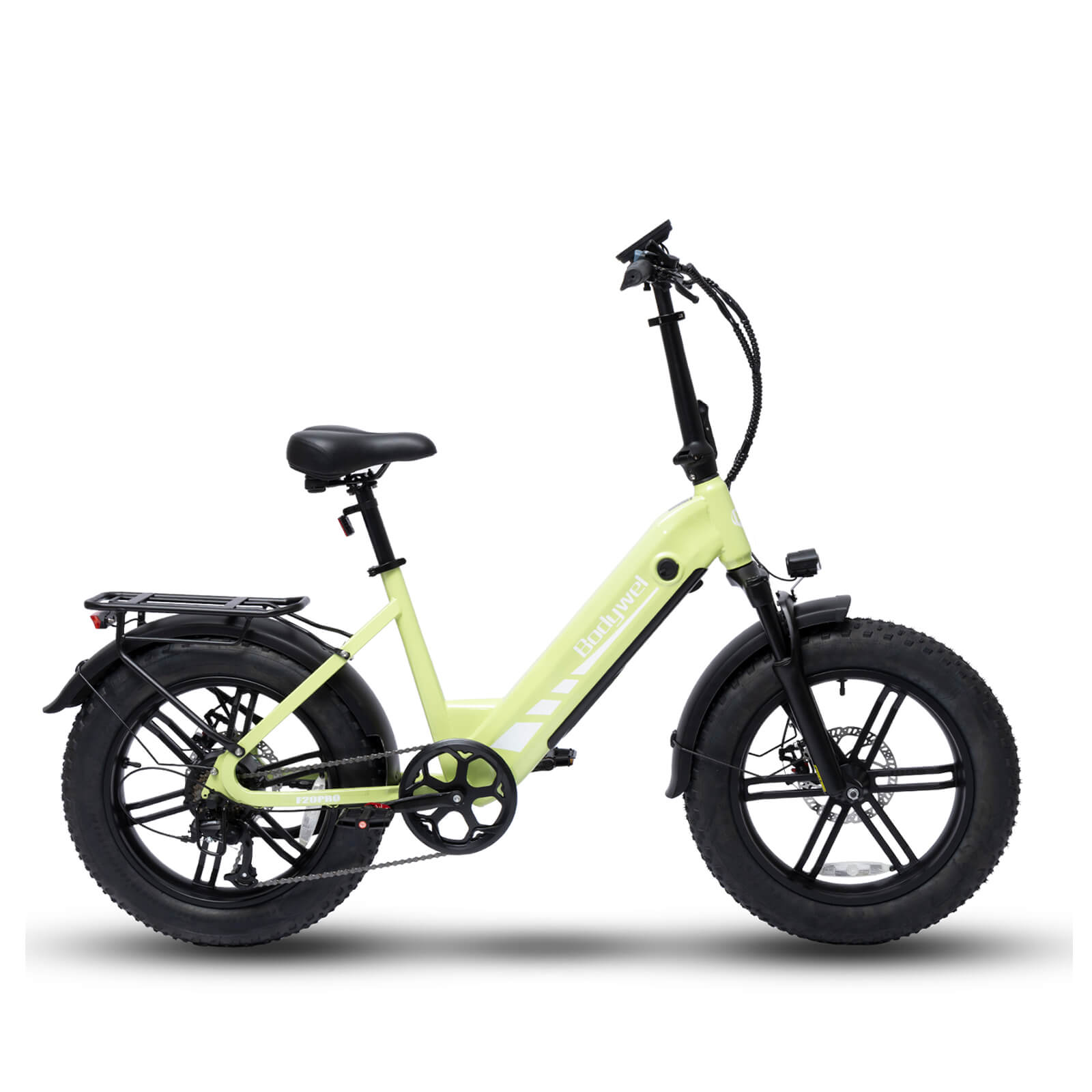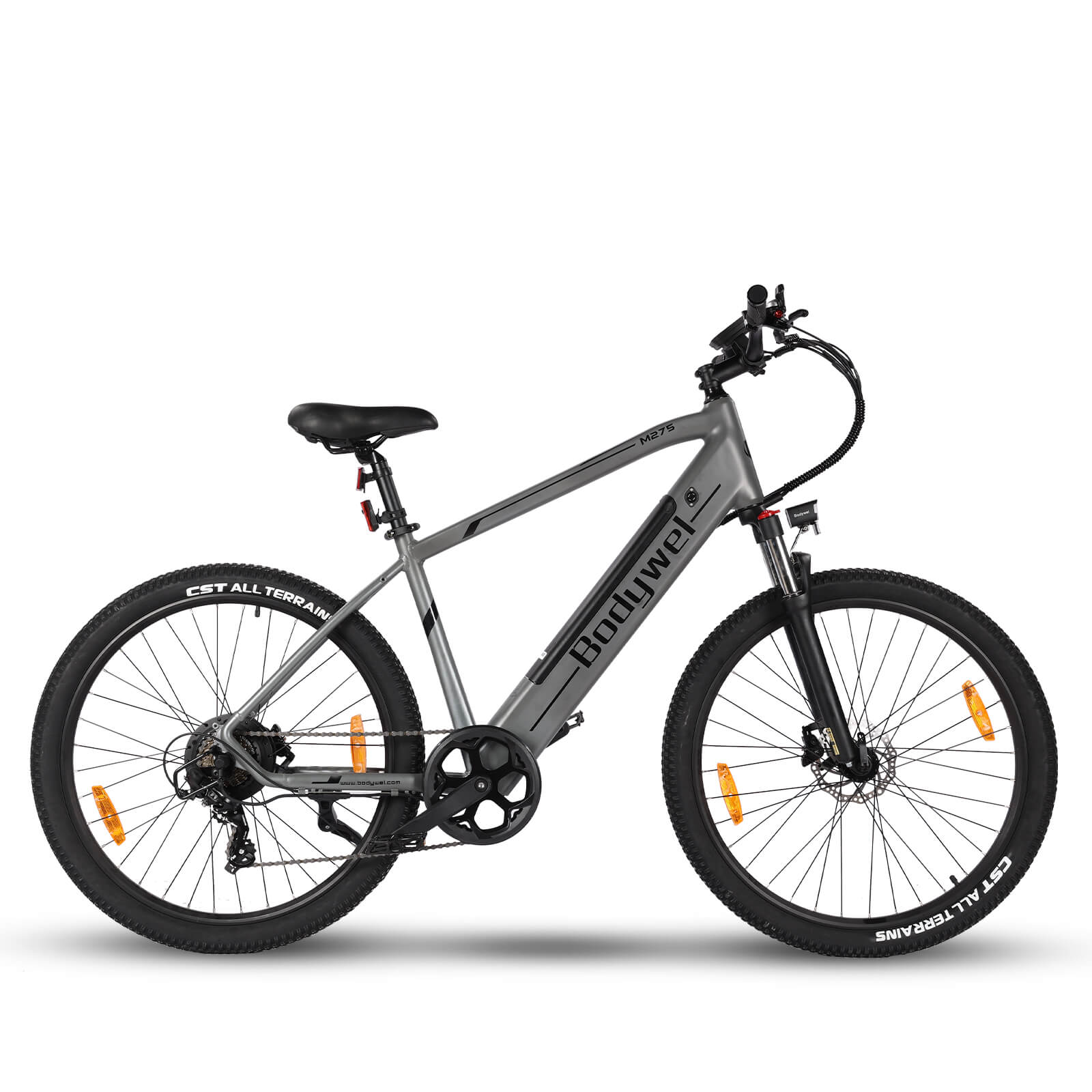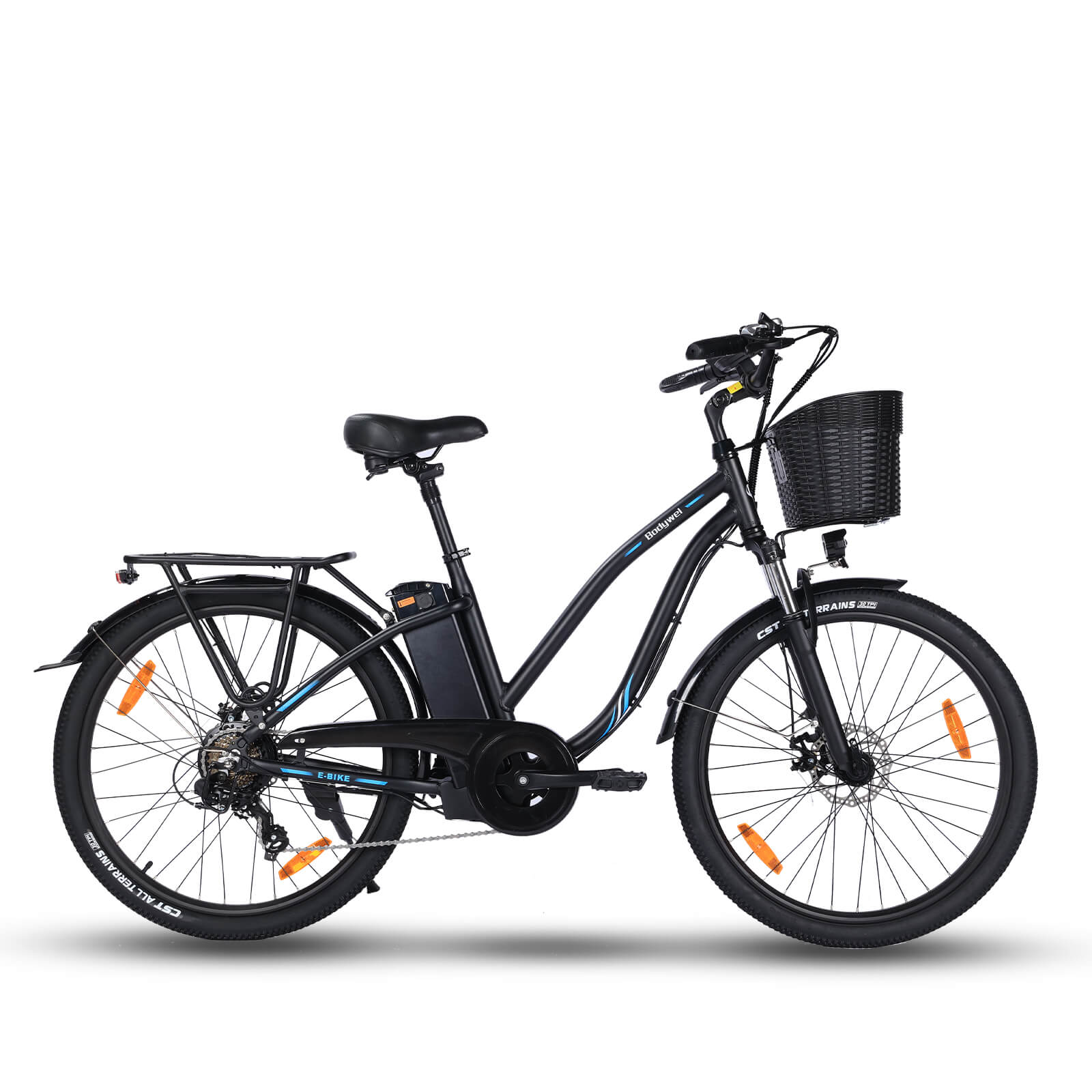Decathlon E-Bikes im Test: 5 Features, die Fahrer kennen müssen

Decathlon E-Bikes vereinen Preis und Leistung und sind damit die erste Wahl für Pendler und Outdoor-Fans. Dieser Testbericht beleuchtet fünf entscheidende Merkmale – von der Motoreffizienz bis zur Akkureichweite –, die ihr Preis-Leistungs-Verhältnis ausmachen. Ob Alltagsradler oder Wochenend-Entdecker – das Verständnis dieser Faktoren ermöglicht eine fundierte Kaufentscheidung.
Motorleistung und Effizienz
Die E-Bikes von Decathlon sind mit Mittel- und Nabenmotoren ausgestattet und bieten Leistungen von 250 bis 500 Watt. Die B'Twin- Serie beispielsweise nutzt bürstenlose Motoren für sanftere Beschleunigung und Effizienz beim Bergauffahren. Dank Drehmomentsensoren, die die Leistung dynamisch anpassen, berichten Fahrer von einem um 20 % geringeren Energieverbrauch im Vergleich zur Konkurrenz. Selbst bei Steigungen unter 10 % liefern diese Motoren konstante Leistung, ohne zu überhitzen.
Batteriereichweite und Aufladen
Mit Lithium-Ionen-Akkus mit einer Kapazität von 400 Wh bis 625 Wh erreichen die Elektrofahrräder von Decathlon 50–120 km pro Ladung. Ein Beispiel hierfür ist das Riverside 500E mit einem herausnehmbaren Akku, der in 4,5 Stunden vollständig aufgeladen ist. Praxistests zeigen einen Reichweitenrückgang von 15 % bei kaltem Wetter, was dem Branchenstandard entspricht. Für längere Fahrten empfehlen wir, einen Ersatzakku mitzuführen oder Routen mit Ladestationen zu planen.
Rahmendesign und Gewichtsverteilung
Decathlon setzt vorrangig auf Rahmen aus Aluminiumlegierungen und bietet so ein ausgewogenes Verhältnis zwischen Haltbarkeit und Gewicht (durchschnittlich 22–25 kg). Modelle wie das Elops 940E verfügen über einen Durchstieg für einfaches Aufsteigen und sind somit ideal für Senioren oder Fahrer mit eingeschränkter Mobilität. Der niedrige Schwerpunkt erhöht die Stabilität, insbesondere beim Transport von Lasten. Beachten Sie, dass faltbare E-Bikes wie das Tilt 500 zugunsten der Tragbarkeit etwas an Stabilität einbüßen – ein Kompromiss, den es zu bedenken gilt.
Pedalunterstützungsmodi und Anpassung
Die meisten Decathlon E-Bikes bieten drei bis fünf Unterstützungsstufen, die über LCD-Displays steuerbar sind. Das E-ST 900 Mountainbike verfügt über einen Eco-Modus, der die Reichweite um 30 % erhöht, während der Turbo-Modus die Geschwindigkeit (bis zu 25 km/h) maximiert. Fahrer können die Empfindlichkeit über die Decathlon-App feinabstimmen und Daten zur Routenoptimierung synchronisieren. Diese Flexibilität kommt sowohl fitnessorientierten Radfahrern als auch gelegentlichen Pendlern entgegen.
Preis-Leistungs-Verhältnis
Decathlon unterbietet die Konkurrenz um 15–30 %, ohne Kompromisse bei wichtigen Komponenten einzugehen. Der Rockrider E-ST 500 , der unter 1.500 € kostet, verfügt über hydraulische Scheibenbremsen und einen Shimano-Antrieb – Eigenschaften, die typischerweise bei Premiummodellen zu finden sind. Günstigere Modelle können jedoch auch einfachere Schaltungen bieten. Unser Fazit: Investieren Sie in höherwertige Modelle für langfristige Zuverlässigkeit, insbesondere im unwegsamen Gelände.
Abschließende Empfehlungen
Für den Stadtverkehr sollten Sie auf leichte Rahmen und schnelles Laden achten. Offroad-Fans sollten sich für Motoren mit höherem Drehmoment und verstärkte Federungen entscheiden. Machen Sie in Decathlon-Filialen immer eine Probefahrt, um die Passform zu beurteilen – die 2-jährige Garantie deckt Defekte an Motor und Akku ab – ein seltener Vorteil in diesem Preissegment.
0 Kommentare




